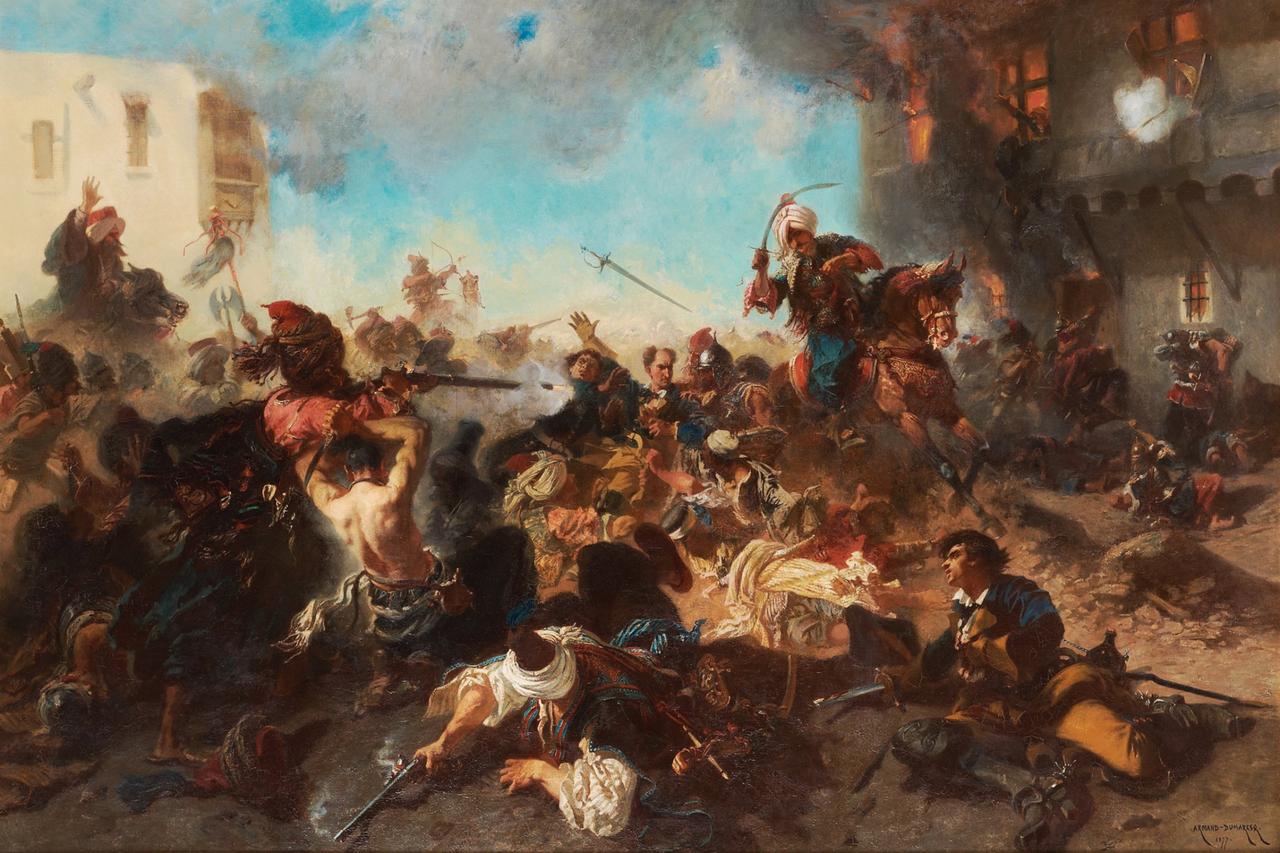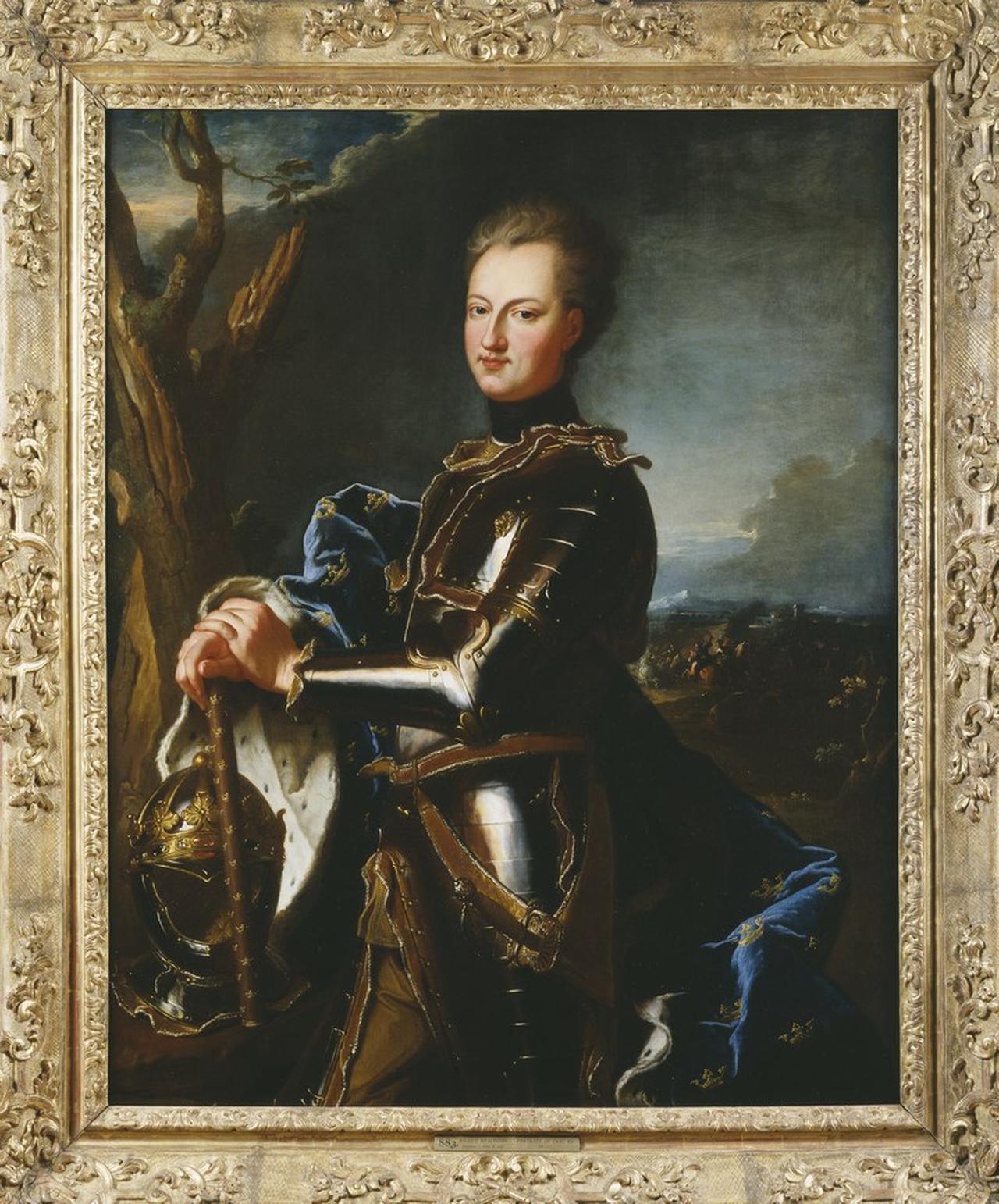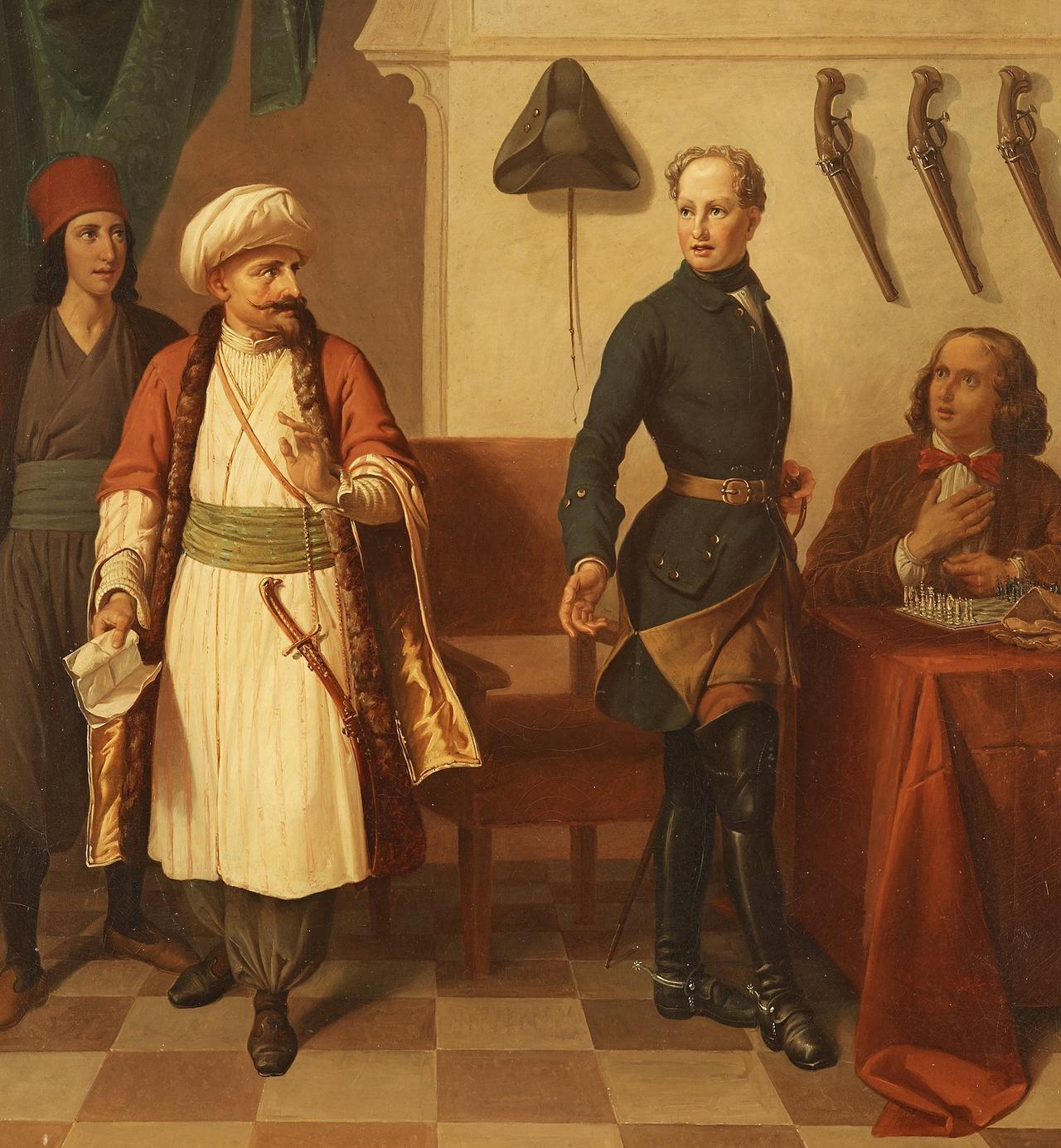
The early 18th century saw a surprising diplomatic alignment between two geographically distant powers—Sweden and the Ottoman Empire. After the crushing defeat of Swedish King Charles XII (known in Turkish sources as Demirbas Sarl) at the 1709 Battle of Poltava against Russia, he fled to Ottoman lands. This move turned out to be more than just a royal refuge—it triggered a dynamic phase of diplomatic, military, and cultural relations between the two empires.
Sweden, seeking to rebalance power in Northern Europe, looked to the Ottomans not merely for sanctuary but as a potential strategic partner against growing Russian influence. Diplomatic correspondence from this era highlights how Sweden framed the Ottomans as a decisive force in the European balance of power, urging them to take a more active stance against Russia.

While Charles XII and his retinue were granted protection and generous logistical support—including daily supplies of food, wood, and shelter—Swedish officials repeatedly petitioned the Ottoman court for stronger action against their common enemy. The Ottomans, however, preferred a cautious strategy. Instead of military intervention, they leaned on diplomatic pressure and regional balance tactics.
One Swedish letter put it bluntly: “If there is to be peace with Moscow, let us be included. And if there must be war, let us fight together.” Yet, the Ottoman Grand Vizier faced criticism from Swedish officials for pursuing peace prematurely without involving Sweden.
Tensions peaked in 1713 during the Skirmish at Bender (Swedish: Kalabaliken i Bender), when Ottoman authorities asked Charles XII to leave. Refusing, the king and his men resisted with weapons, resulting in a week-long standoff that ended with his capture.
This event not only strained Ottoman internal politics but also raised larger questions about sovereignty and foreign rulers’ status on Ottoman soil.
While political and military tensions fluctuated, economic cooperation continued to grow. Swedish and Norwegian merchant ships were granted passage through Ottoman straits, and Swedish traders received customs privileges. Istanbul, Izmir, and Thessaloniki became key points of trade for Swedish goods, particularly iron, paper, and textiles—exchanged for Ottoman products such as tobacco, cotton, and spices.
In 1737, a formal trade agreement granted Sweden extensive commercial privileges. Customs regulations were refined to allow day-only Bosphorus crossings and introduced taxation only on goods offloaded in Ottoman ports.

Cultural diplomacy also deepened ties. In the late 19th century, Ottoman intellectual Ahmet Mithat Efendi led a delegation to Sweden for the Eighth Orientalist Congress. The visit marked a high point in cultural exchange, with manuscripts and printed works traveling back and forth between Uppsala University and Istanbul. Even today, Swedish words such as kalabalik (crowd) and dolma (stuffed food) reflect that linguistic borrowing.
Swedish admiration for Ottoman diplomatic style also left a mark. Ottoman letters were known for their florid language and indirect tone—a form that Swedish diplomats began to emulate, adopting a more nuanced, deferential style in their communications.
Yet financial matters were not always smooth. During a mission in 1732, Ottoman ambassador Said Mehmed Pasha sought repayment of a longstanding Swedish debt of 250,000 kurus (ancient Ottoman coin). Sweden cited war losses and crop failures as reasons for the delay. Ottoman patience ran thin, prompting the ambassador to demand a written promissory note bearing the royal seal.
Even ceremonial visits incurred large costs. When the Swedish King and Queen visited Istanbul in 1887, the hosting expenses reached 710,347 kurus, prompting the Ottoman government to consider transferring state property to the sultan’s private assets to offset the cost.
In the end, the relationship between the Ottoman Empire and Sweden stood out in the annals of diplomacy. It was built not just on shared interests or military coordination, but also on mutual curiosity and cultural respect. Swedish observers recognized the strategic importance of Ottoman lands not only as a counterbalance to Russia but as a gateway to Asia.